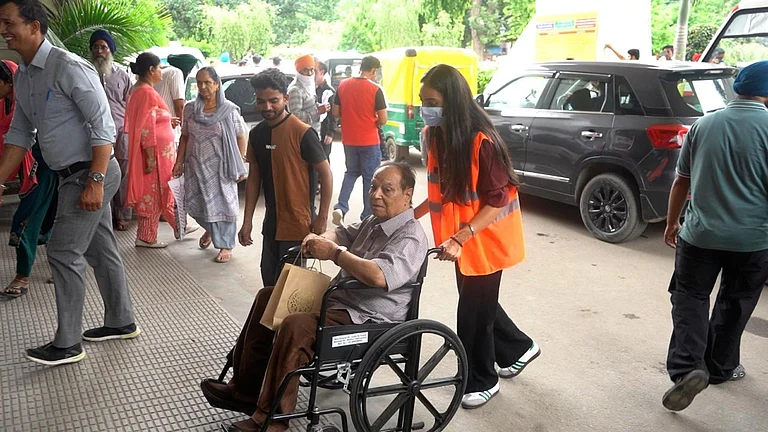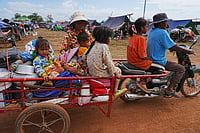Doctors at the Post Graduate Institute of Medical Education and Research (PGIMER), Chandigarh have reported a significant increase in chest infections among children in North India caused by a lesser-known bacterium called pertussis, which mimics whooping cough.
The study, 'Emergence of Bordetella holmesii–Associated Pertussis-Like Illness, Northern India, 2019–2023', was published in the Emerging Infectious Diseases journal (of the Centers for Disease Control and Prevention, USA). It analysed 935 suspected pertussis cases between 2019 and 2023.
The PGIMER study was led by Dr Vikas Gautam’s laboratory in collaboration with Dr Prabhu Patil of CSIR–IMTECH, Chandigarh. The researchers found that nearly 37% of infections were caused by Bordetella holmesii, surpassing conventional Bordetella pertussis infections. The most significant surge occurred in 2023, predominantly among children aged five to ten in northern India.
Data from PGIMER’s ongoing surveillance programme since 2015 show a decline in B. pertussis prevalence from 15–20% to just 2–5%, while B. holmesii infections have risen markedly. Experts say this indicates a changing pattern in the etiology of pertussis-like respiratory illnesses in the region.
“Pertussis”, commonly known as whooping cough, is a highly contagious bacterial respiratory illness that has historically been a major cause of childhood mortality, with fatality rates reaching 10% in the early 20th century. Initial symptoms resemble the common cold, but they progress to severe, uncontrollable coughing fits, often followed by a "whooping" sound as the person gasps for breath
In Asia, it continues to be a major public-health concern, particularly in India and China, primarily affecting young infants and children.
After a brief decline during the Covid-19 pandemic, cases have rebounded sharply. India recently reported around 13.6 million cases, while China saw an increase from 0.13 per 100,000 in 2013 to 2.15 per 100,000 in 2019, exceeding 58,990 reported cases by early 2024.
The study researchers included N Shekhar, R Kumar, RS Rawat, D Chauhan, V Gautam from PGIMER, Chandigarh, D Sharma, N Kaundal, T Avagyan from World Health Organization, S Chakraborty from University of Miami Miller School of Medicine, Miami, Florida, USA, P Kumar from Union Health Ministry, N Jain from Yatharth Hospital, Noida, and M Sharma from AIIMS, Bilaspur.


























